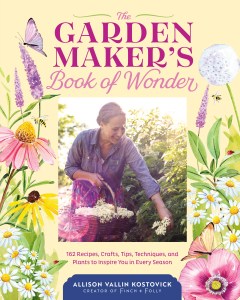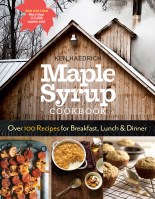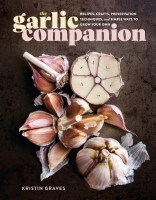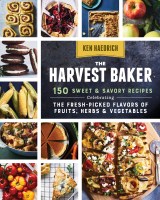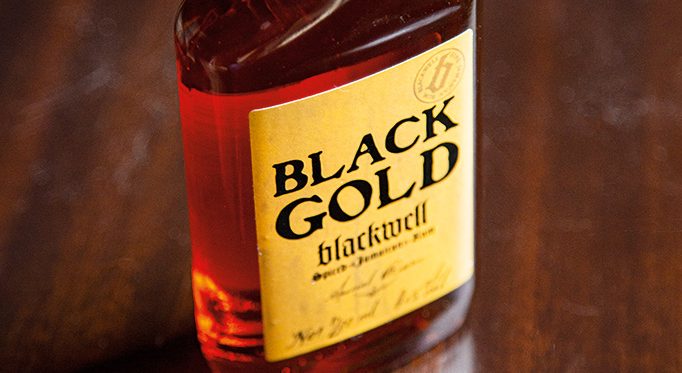The Joys of Maple Syrup Season
Tap into the joy of making your own syrup with this sweet advice, plus a recipe for homemade maple sugar, from The Garden Maker’s Book of Wonder.
This is the sweetest time of the year! Come late February, when daytime temperatures begin to warm yet the nights still fall below freezing, it’s time to tap the sugar maple trees—and maple syrup season officially begins. A short drive along our road illustrates the popularity of sugaring season in our region. Some homes have beautiful old galvanized sap buckets collecting sap. Other places, like ours, use whatever clean bucketlike item we can find, which is usually a juice or water jug.

Did you know that it takes 40 gallons of sap to make 1 gallon of maple syrup? And to make that gallon of syrup, you have to spend almost an entire day boiling down the sap and use a huge amount of wood to keep the fire stoked. Before we started making our own syrup, I used to cringe at the cost of real maple syrup. Now when I see it I think, “What a bargain!” In our house, maple syrup is like liquid gold—nary a drop of this priceless treat goes to waste.
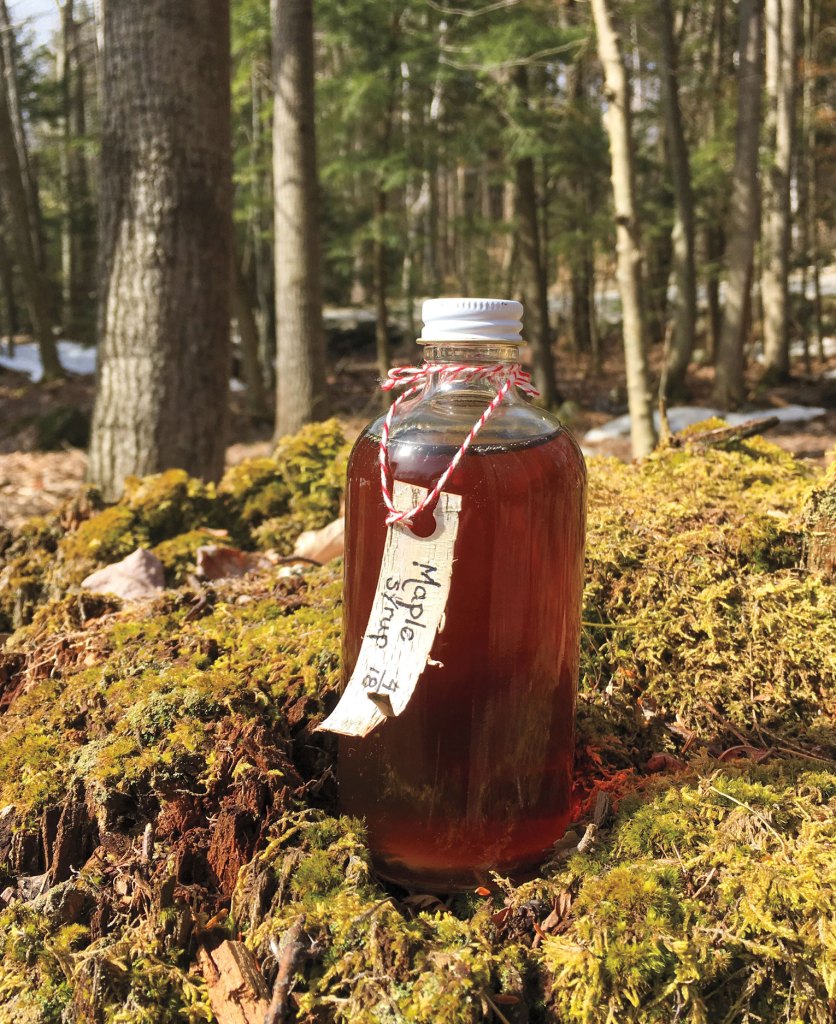
Recipe: Homemade Maple Sugar
Just when you think maple syrup can’t get any better, you boil it down and discover that it does! That sweet amber liquid transforms into a granulated sugar right in front of your eyes. Fair warning, though: You’ll need to commit to an immense amount of stirring. I prefer outsourcing this to the head of all things syruping in our house, my husband. While I like to use tired arm muscles as my excuse for not being able to stir constantly for what feels like forever, the real truth is that it comes down to patience—a lot of it. As soon as I saw the candy thermometer being pulled out of the drawer, I knew I was out. Because you are dealing with pure sugar here, watching the temperature will be your primary focus. Therein lies the key to your sweet success.

1. Pour 3 cups maple syrup into a deep pot and bring to a low boil over medium heat. You may need to either slightly increase or decrease the heat during the bubbling to prevent boilover. There is no stirring at this point, just monitoring the boil.
2. As the syrup begins to reduce, it will become dark brown (about 270°F/130°C). At this point, immediately remove the pot from the heat and place it on a heatproof board or counter.
3. The temperature will quickly drop. Keep an eye on the thermometer and grab your wooden spoon. When the temperature reads 200°F/95°C, start stirring and don’t stop. Over the next 8 to 12 minutes, the syrup will begin to dry and crumble. Stir until it’s completely dry. Let it cool.
4. If you’d like the sugar to be a finer grain, put it in a food processor and pulse a few times until it’s the desired size and texture.
5. Time to sift. You can sift your sugar to get different size “grains.” Ours usually gets divided into three types: little sugar clusters that we use in oatmeal and granola; a coarse sugar that we sprinkle on top of cookies, muffins, and ice cream; and a granulated sugar that we use as we would regular sugar—a teaspoon adds a nice maple subtleness to morning coffee.
Excerpted and adapted from The Garden Maker’s Book of Wonder © by Allison Vallin Kostovick.
The joy and wonder of a garden-inspired lifestyle is captured in this colorfully photographed, through-the-seasons sourcebook filled with recipes, gardening wisdom, craft and wellness projects, and nature-based activities.
Each season in the garden brings new joy and fresh inspiration for connecting with the wonders of the natural world. In The Garden Maker's Book of Wonder, popular gardening lifestyle influencer Allison Vallin Kostovick (Finch + Folly) invites fans of cottagecore, gardening, and nature-based living to share her journey as she crafts, cooks, dreams, and creates. Drawing on decades of gardening experience, and illustrated with vibrant photography from her own home and garden, The Garden Maker's Book of Wonder offers sage advice on growing bountiful harvests of favorite vegetables, herbs, and flowers. All levels of gardeners, from dreamers to the experienced, will delight in the variety and creativity of Kostovick's projects, activities, and recipes for enjoying the magic and whimsy of the natural world—no matter what season. From planting a pollinator playground to building a rustic trellis from tree branches, cooking with freshly picked peas and mint to making a sweet viola tub soak, and growing a bird seed mix to crafting one-of-a-kind jewelry beads from the husks of the Job's Tears plant, the inventive ideas in this rich treasury are sure to make it a favorite to keep and to give to anyone who aspires to a more nature-connected lifestyle.
